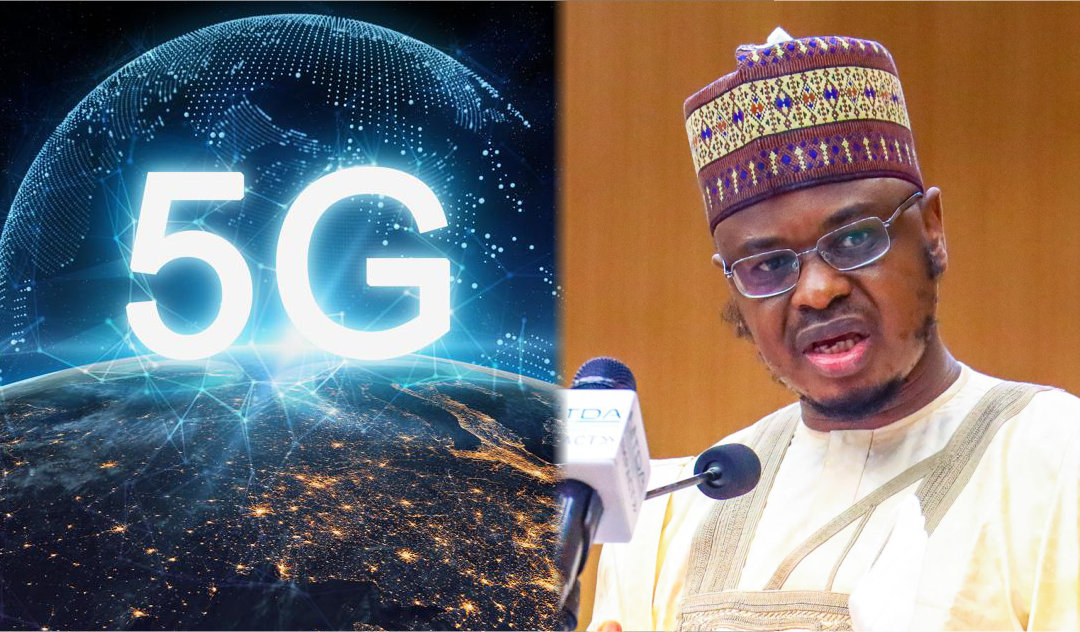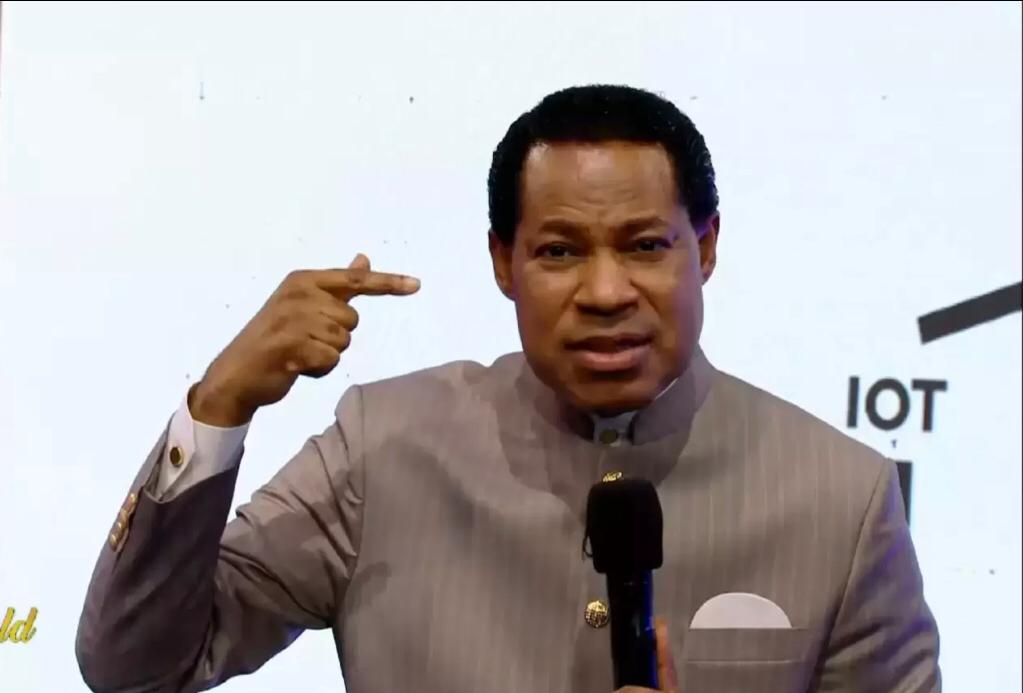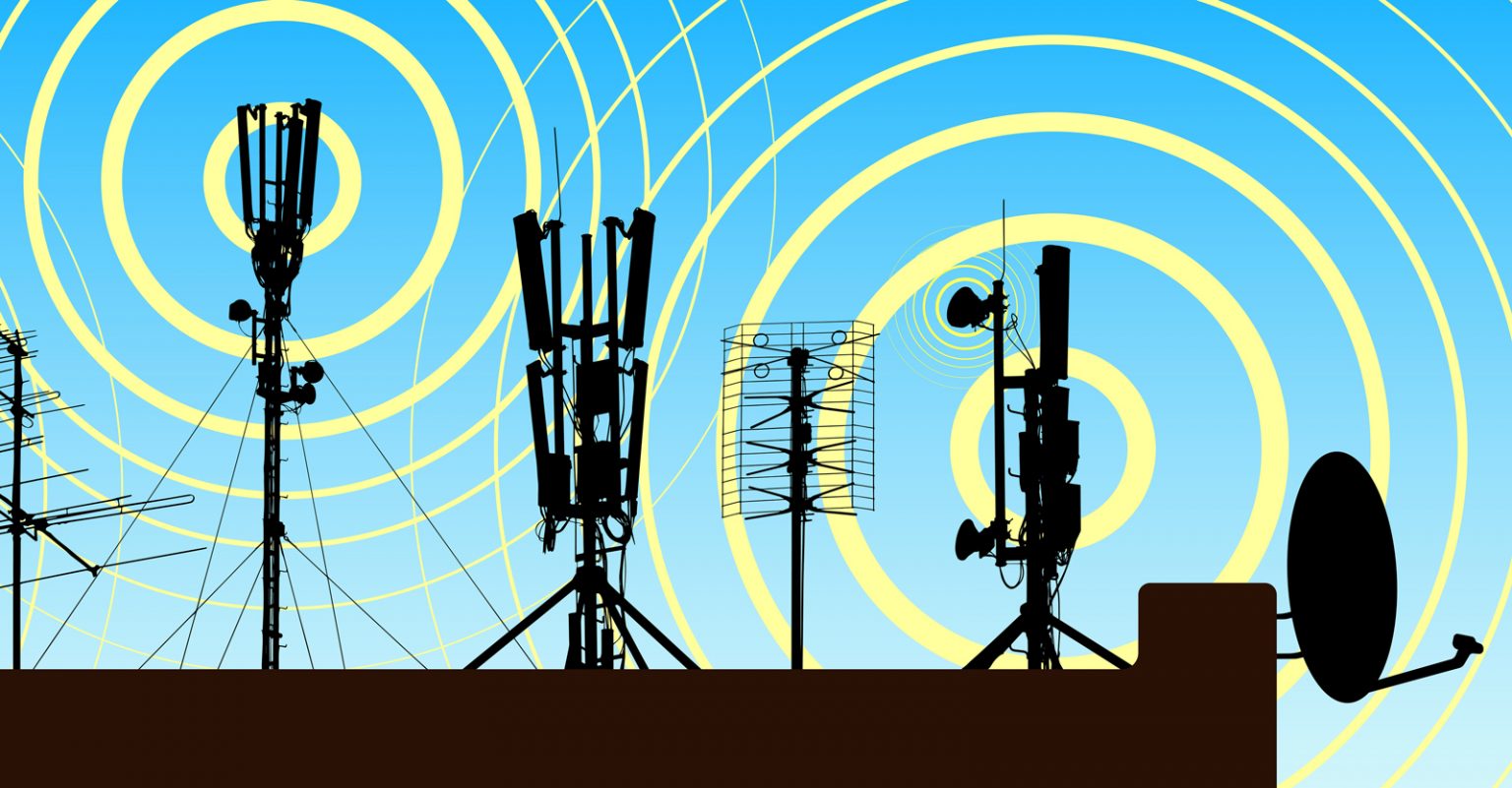Sub-Saharan African countries, including Nigeria are yet to fully adopt 5G technology, while 4G adoption still has a meagre 8 per cent penetration compared to global average of 46 per cent, National Daily has gathered.
According to a report by a Senior Manager at GSMA Intelligence, Kenechi Okeleke, 2G is still the dominant technology in the region.
“However, there was a realisation that 5G, as a natural progression from previous generations, will one day become a reality in the region. This in itself raised several pertinent questions among participants, for example when will the 5G era will arrive in the region; which markets will lead the transition to 5G; how should stakeholders, including policymakers, operators and vendors, prepare for the 5G era; and what would the 5G the business case for the region look like, given the network deployment requirements and consumer peculiarities?
However, it will not be until mid to late 2020s before 5G network deployment and adoption becomes more widespread across the region. Only a handful of countries, including South Africa, Kenya and Nigeria, are expected to have commercial 5G services before 2025.
5G will play a key role in addressing the connectivity needs of enterprises, given the challenges around access, cost and reliability of existing solutions, such as fixed broadband and satellite.
“Our research shows a lack of awareness and understanding of the potential of the technology among enterprises. For operators and their vendor partners, the challenge will be to increase awareness and develop relevant use cases.
The consumer segment will be a long-term play – Affordability will be a crucial factor for 5G adoption in the consumer segment. At around $1,000 on average, the cost of 5G handsets today is way beyond the reach of most consumers in the region. While this is expected to fall over time, it is not certain when the market will see sub-$100 devices, the price point at which mass adoption can begin to take place, given the experience of 4G. Meanwhile, immersive use cases such as AR and VR, for which 5G’s low latency capability is well suited, are still underdeveloped in the region.
This means that 3G and 4G will remain the primary consumer mobile broadband access technologies for the foreseeable future.
Take network deployment, for example, operators could collaborate on active network sharing, which has been shown to deliver much higher levels of both capex and opex savings compared to passive. Vendors can also explore new ways of financing network investment, such as the lease-to-own-model, to reduce the upfront capital outlay for operators.
As governments and enterprises across Africa increasingly use technology to tackle the biggest challenges faced by society, and digital trends point to growing demand for enhanced connectivity, 5G will no doubt play a key role in the future connectivity landscape.
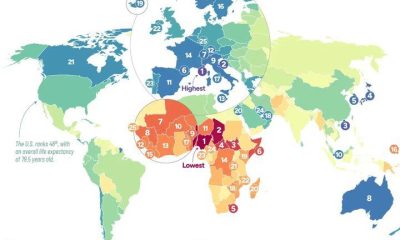
 Comments and Issues1 week ago
Comments and Issues1 week ago
 Latest7 days ago
Latest7 days ago
 Latest1 week ago
Latest1 week ago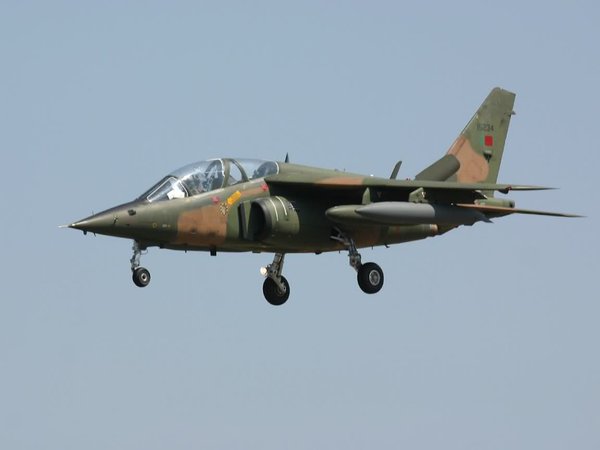
 Comments and Issues1 week ago
Comments and Issues1 week ago
 Uncategorized6 days ago
Uncategorized6 days ago
 Labour1 week ago
Labour1 week ago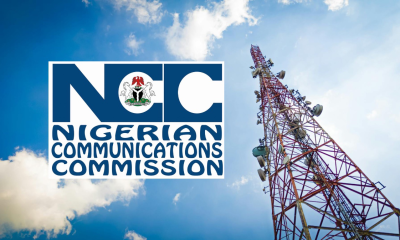
 Business6 days ago
Business6 days ago
 Business5 days ago
Business5 days ago








